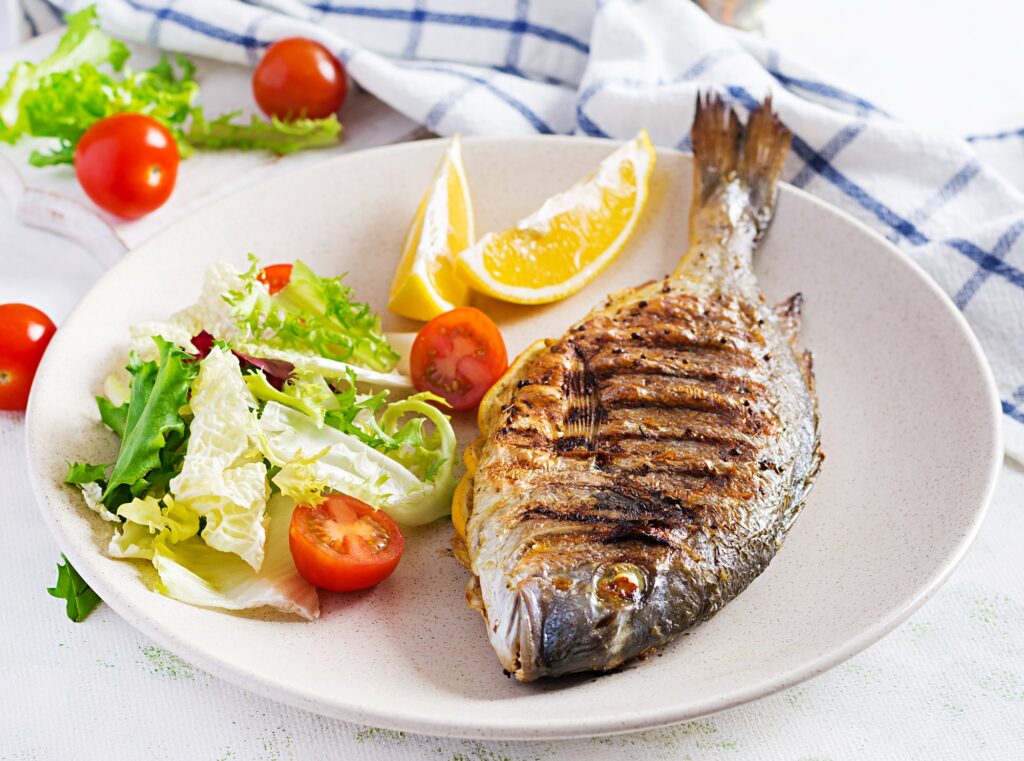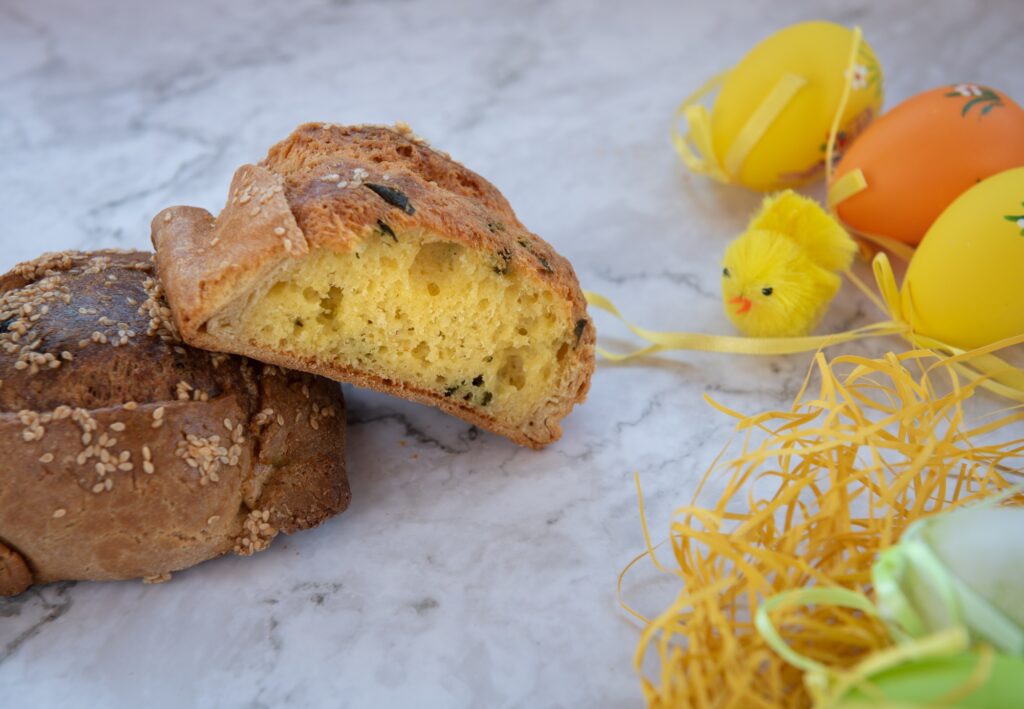
Join the Expatify Community
Don't miss out on exciting events, local treasures, and exclusive updates — right in your inbox!
If you’ve ever found yourself sitting at a village taverna in Cyprus, glass of local wine in hand and the smell of grilled lamb drifting through the air, you already know—food here hits different. It’s not just the taste (though, wow, the taste). It’s what it represents: community, heritage, and time-honoured traditions passed down like family heirlooms.
In Cyprus, every village has its own signature flavours. In the mountains, you’ll find clay ovens turning out melt-in-your-mouth meats, while down by the sea, fresh fish gets the spotlight. Traditional Cypriot dishes aren’t just cooked—they’re shared, celebrated, and often argued over (in the friendliest way, of course).
So, let’s dig in—literally and figuratively—and see what these dishes tell us about village life on this beautiful Mediterranean island.
Up in the Troodos Mountains, life moves slower, and so does the food. Here, families rely on what they can grow, raise, or preserve. That means a lot of love goes into hearty stews, wood-fired breads, and smoked meats. If it can be pickled, dried, or stored through winter, it probably is.
This kind of cooking doesn’t just fill bellies—it fills homes with the smells of history.
Now, head to the coast and everything shifts. The food is lighter, quicker, and speaks fluent “sea breeze.” Fish and seafood are caught fresh and cooked fast, often grilled with little more than olive oil, lemon, and herbs.

Here, Cypriot dishes mirror the coastal lifestyle: simple, sunny, and all about enjoying what’s fresh and available.

In Cyprus, the menu changes with the weather.

Village cooking doesn’t just adapt to the seasons—it celebrates them. Every season has its star ingredients, and every dish tells you what time of year it is, even without a calendar.
Food in Cypriot villages isn’t just a meal—it’s a memory. It’s how people connect, celebrate, and pass down traditions. Recipes don’t come from cookbooks here. They come from watching your yiayia (grandmother) throw things in a pot without measuring, knowing exactly when it’s done by smell alone.

Eating together is part of the culture, and the food is only half the story. The other half is who you share it with.
Want to try these dishes the way they were meant to be eaten? Head to the villages.
No clay oven? No problem. Here are a few dishes you can recreate in a regular kitchen:
Pro tip: Ask around at a local market or bakery. Chances are, someone will gladly share a family recipe (or three).
Traditional Cypriot dishes are more than just food—they’re snapshots of village life, full of flavour and meaning. Whether it’s a clay pot stew that simmers all afternoon or a grilled fish eaten seaside, each recipe has a story, a purpose, and a place in the rhythm of daily life.
If you want to understand Cyprus—really understand it—you’ve got to eat like the locals. And that means slowing down, pulling up a chair, and letting the food do the talking.
1. What are the most traditional Cypriot dishes I should try?
Start with kleftiko, trahana soup, loukanika, and octapodi krasato. They’re rooted in local tradition and packed with flavour.
2. Are these dishes hard to make at home?
Not really. Most use simple ingredients and methods. It’s more about time and technique than fancy tools.
3. Is there much vegetarian food in Cypriot village cuisine?
Absolutely. Dishes like louvi, kolokouthkia me afka, and lentil stew come from fasting traditions and are naturally plant-based.
4. Where can I find the best traditional food in Cyprus?
Skip the city chains. Head to village tavernas in Omodos, Lefkara, or Kalopanayiotis. Ask locals where they go—they’ll usually point you in the right direction.
5. What makes village food different from city food?
Village food is seasonal, slower, and way more personal. Recipes are passed down, not mass-produced. It’s food with a story—and that makes all the difference.
Copyright 2024. Expatify. All rights reserved.